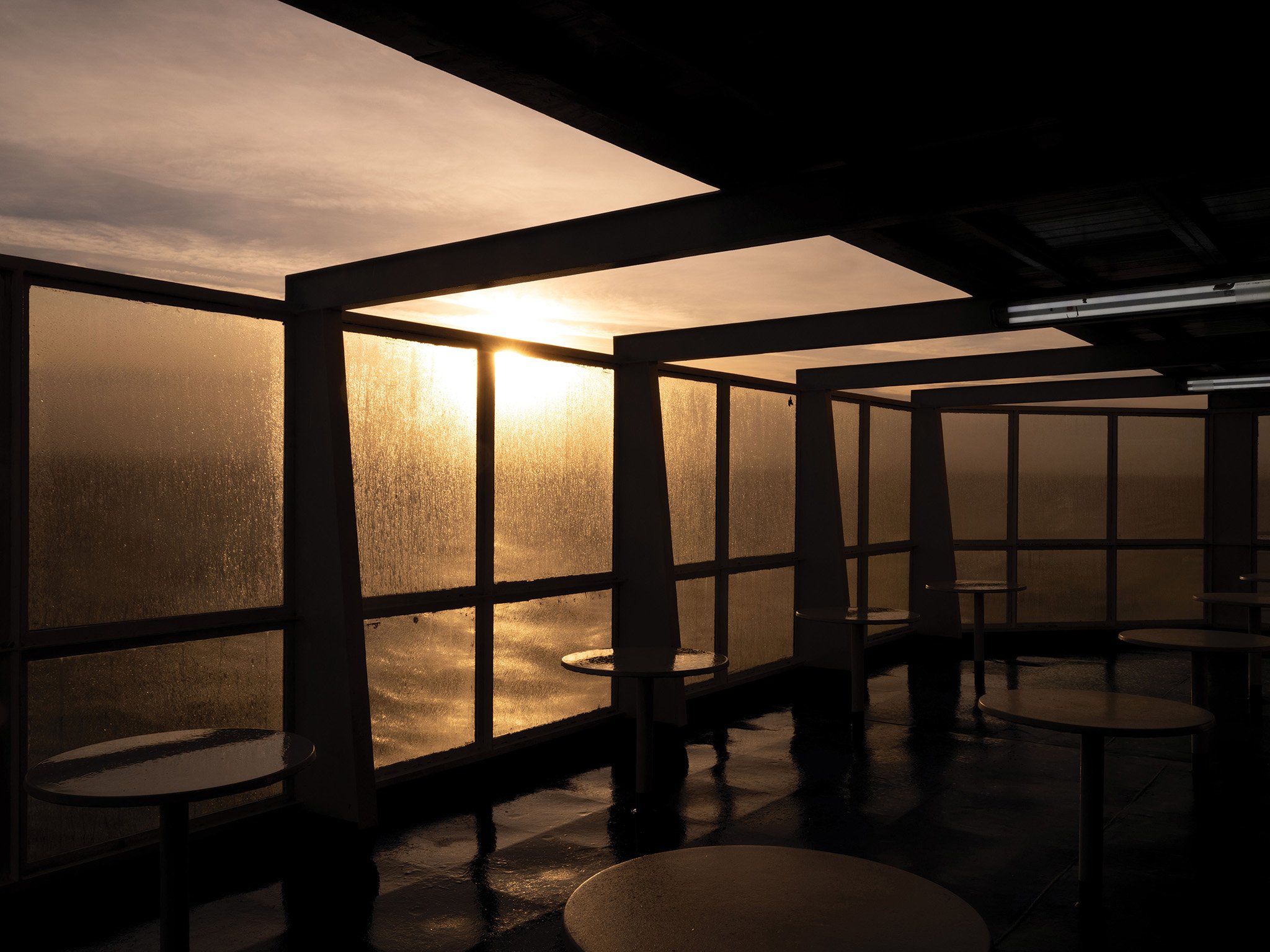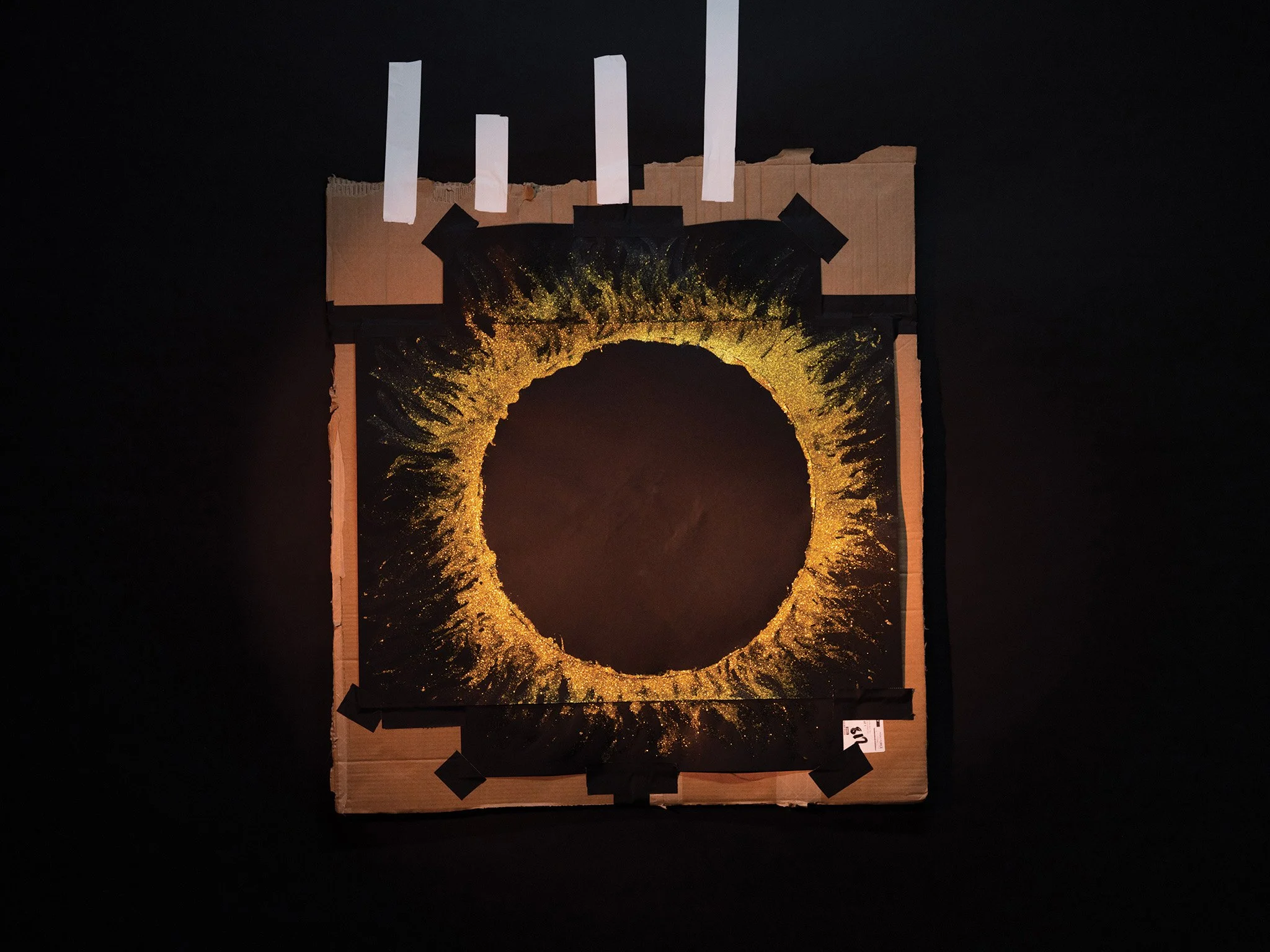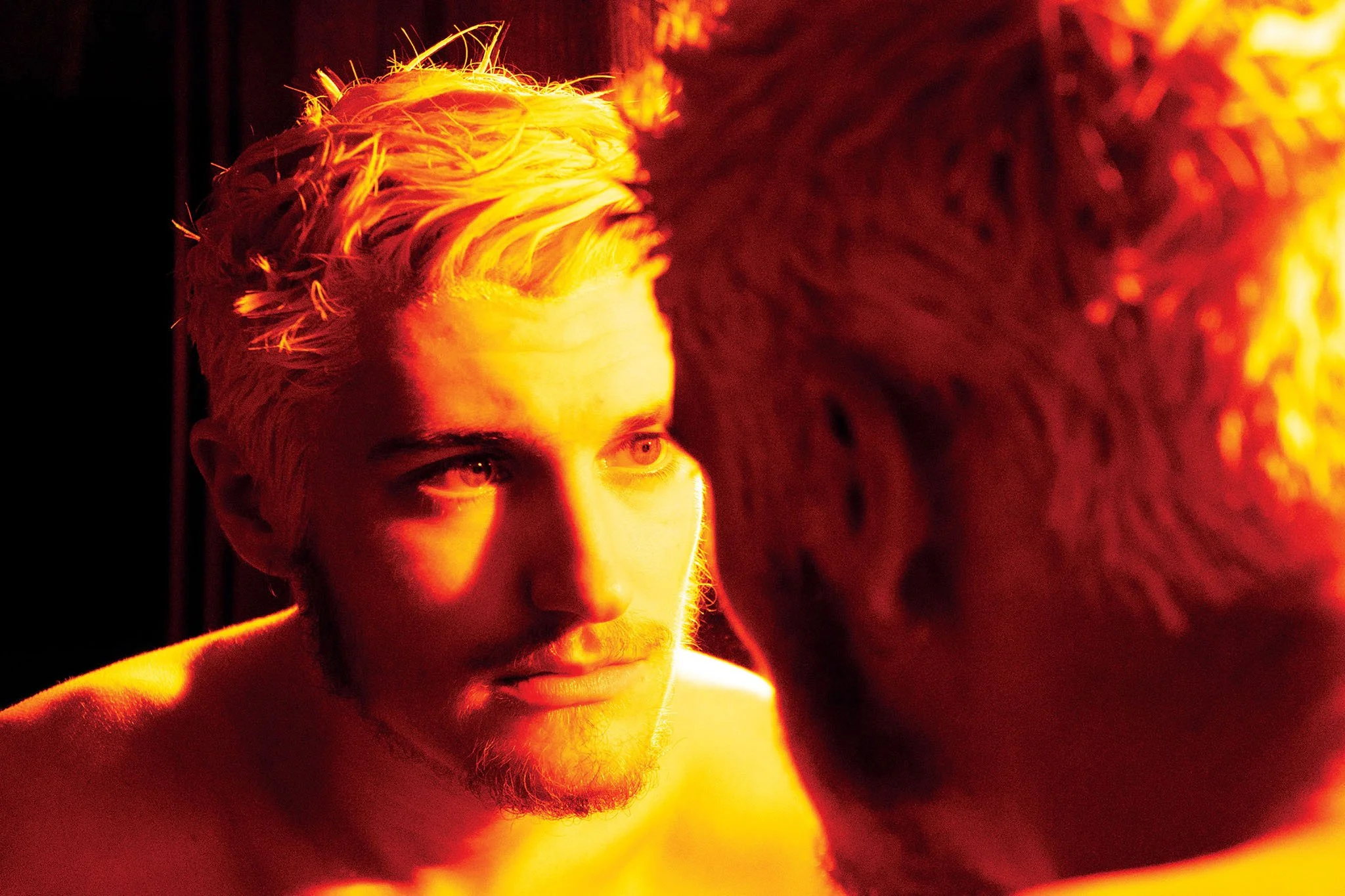The Closer It Gets
“I was always jealous of that boy called Icarus. He never had to think about the consequences of flying too close to the sun. He just felt the wind go past his hair and decided to take flight higher and higher. A reality where you don’t have to worry about finding your “goal” or judge your past decisions simply feels like a better one. Getting your wings burned trying is better than looking up and wondering what could have been.”
The Closer it Gets is a long-term body of work that tackles the myth of Icarus and, more specifically, Edward Field's (1963) poem with the same name. Through the use of historical artworks such as Landscape with the Fall of Icarus (c.1560) by Pieter Bruegel and an overexposed and oversaturated aesthetic, this modern interpretation of the myth comes to life. Images from the island Ikaria are combined with studio-based portraiture to enhance the mythical feel of these images. Documenting my travels to this place was a turning point in this body of work, but mostly finding frames that have a deeper symbolism regarding the feelings I cultivated around this myth was how this project was built. Metaphoric and enigmatic images of lights, crafted resemblances of the sun and nature scapes are combined to convey this new interpretation of the importance of risk-taking and simulated free fall.
Myths are pieces of writing aimed at teaching us basic lessons about our human condition and showcase either a way to overcome it or reasons why our behaviour is not practical. Likewise, The Closer it Gets directs its viewers' attention to different concepts from the contemporary world. Risk-taking is a taboo subject in today's world, we are taught that risk is rarely good and we should play it safe. This body of work aims to ask: "Is taking risks truly a foolish act, or are there any benefits to it? "
Today Icarus' story has a whole new interpretation for many. Instead of being used as a warning, he becomes an aspiring hero for the young generation. They attempt to reach their "sun" even though their wings might burn on the way. When taking risks, especially huge ones, failure will be a certain part of it, the only way to make risks seem feasible in today's capitalist world would be a minimal risk with calculated outcomes. Big feats of courage and faith in one’s ability to recover from a fall are portrayed as the mentality of the foolish young person from the beginning of our lives. Young adults are encouraged to be risk-averse and “play it safe”.
The strong contradiction between “the American dream” mentality, which promises anything to be possible and achievable, and the “warning” given by the myth of Icarus, to not fly too close to the sun, feels confusing and just another way to keep individuals in place. If we are presented with two opposing statements and both of them claim to be accurate, our human tendency is to not do anything, following inertia that comes from the contradiction and overwhelming ideas.
Although our society teaches us what to do, or more specifically not do, we romanticise the idea of a successful rule breaker. It seems like the masses reject you until more and more humans start to recognise and admire what you do, how you defy the odds, and, like in Icarus' case, become a stand-out in human history. People love and admire individuals that take risks and somehow come out on top; they are our stars, muses, and leaders, but at the same time, it feels like no one wants to fly towards the sun - looking up and wondering seems like the way to live our lives.















